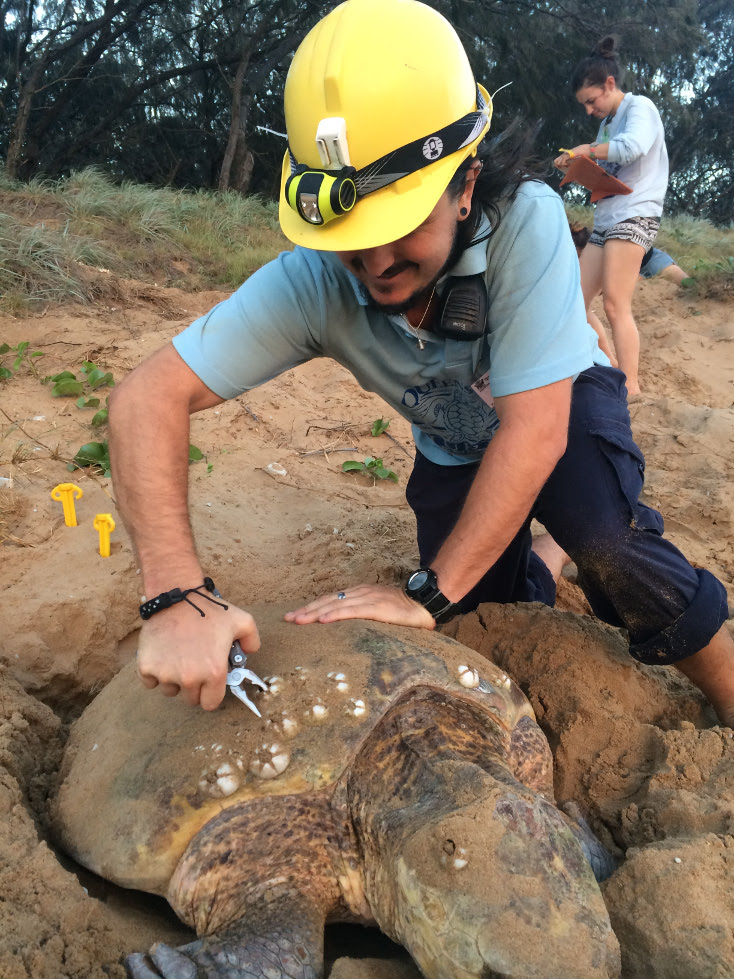Marine research conducted by Griffith University PhD candidate Ryan Pearson has given fresh hope to investigators trying to solve the mystery of Malaysia Airlines Flight MH370.
If confirmed that a wing fragment washed ashore at Reunion Island in the Indian Ocean is indeed from MH370, Mr Pearson says analysis of barnacles encrusted on the debris could narrow the search area for the missing aircraft.
The Boeing 777 was carrying 239 passengers and crew when it disappeared in March last year. All attempts to find the aircraft have failed, althoughthe recent discovery of a section of wing called a flaperon has lifted hopes of a resolution to the mystery.
Mr Pearson, from Griffith’s Australian Rivers Institute, says barnacle shells can provide information about the water conditions under which they are formed and through which they have passed.Accordingly, examination of barnacles attached to the wing piece can help determine how long it has been in the water and the path it has taken.
Barnacles can also be aged based on growth rates and size, meaning that if those on the flaperon are found to be older than the date the plane disappeared, the fragment cannot have come from MH370.
Mr Pearson’s original research focuses on whether the shell chemistry of barnacles can reveal the migratory origin of endangered loggerhead turtles.
“To conserve loggerhead turtles, we need to know which parts of the ocean they use and when they use them. Scientists have tried to do this by measuring the chemical composition of the turtles, but this doesn’t always work,” he says.
“Not all turtles within a group eat the same things in the same places, so the sampling of skin tissues from a few doesn’t always tell us the big picture.
“However, a barnacle’s diet doesn’t really affect its shell growth, so the chemical composition of the shell will more accurately reflect where they’ve been in the ocean, compared with a turtle’s skin.”
Mr Pearson will receive theEcological Society of Australia’s 2015 Jill Landsberg Applied Conservation Scholarship award and $6000 research grant at the Society’s annual conference in Adelaide in December. He will present his research findings at ESA16 in Fremantle.
